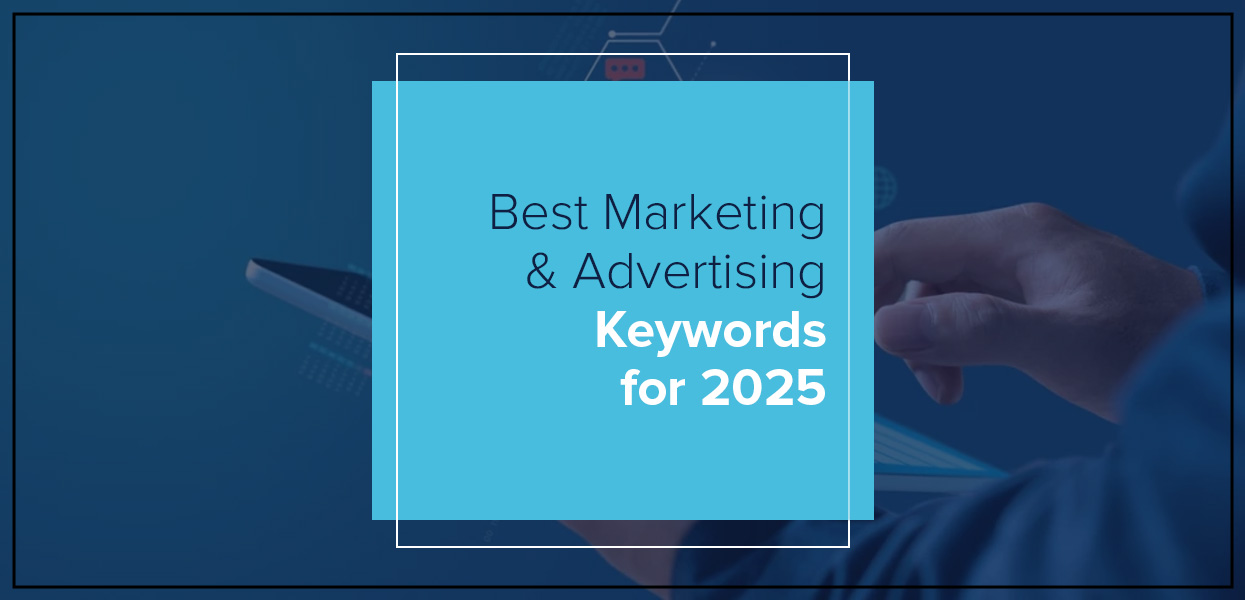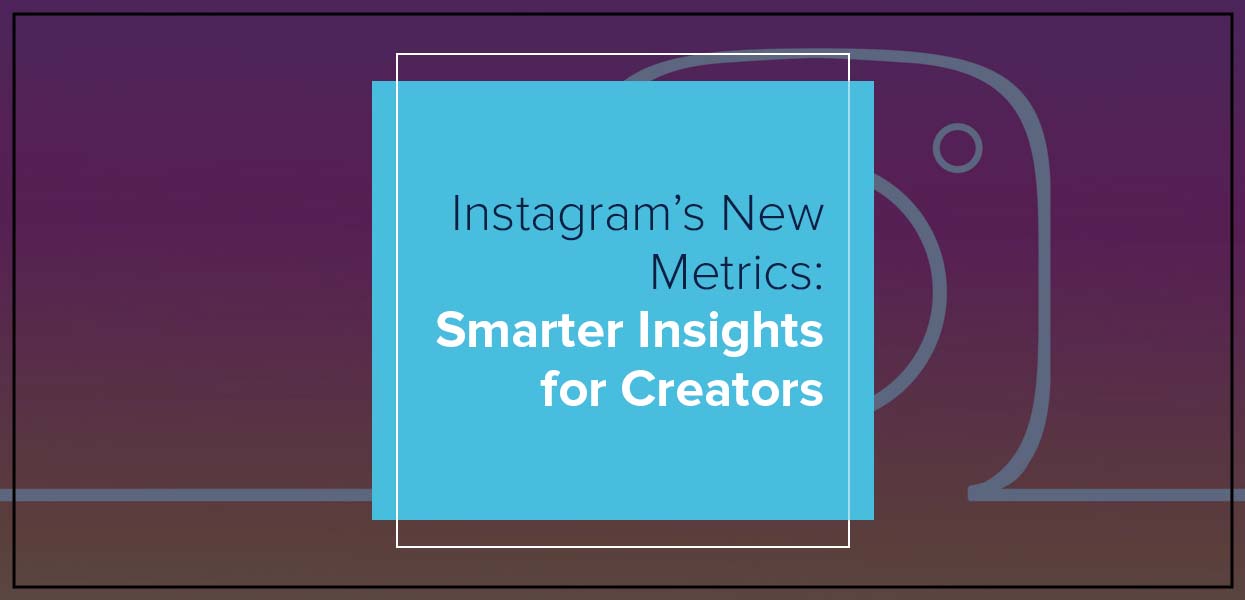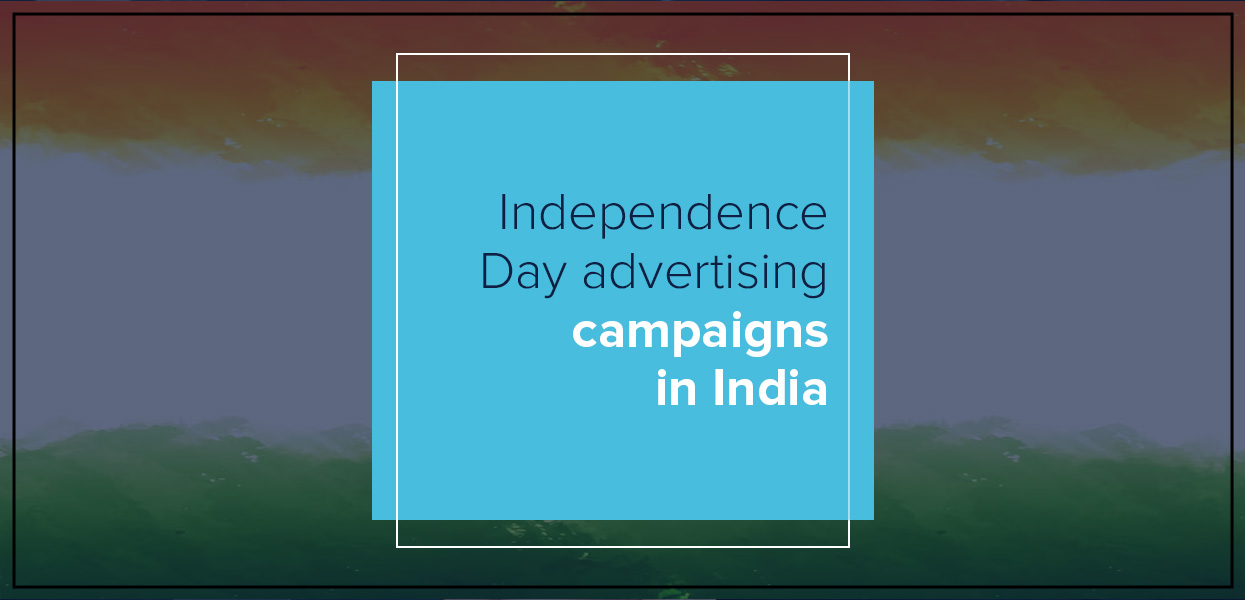How to Overcome Creative Fatigue in Advertising

The Creative Conundrum: Breaking Free from Advertising Fatigue
Creative fatigue is a common challenge in the advertising world, where the effectiveness of ads declines due to repetitive exposure.
This phenomenon can lead to reduced audience engagement, lower conversion rates, and diminished returns on marketing investments. In today’s highly competitive digital landscape, staying ahead requires a deep understanding of creative fatigue and proactive strategies to combat it.
What Exactly Is Creative Fatigue?
After repeated exposure, creative fatigue occurs when an audience becomes desensitized to advertising content. This phenomenon often stems from overfamiliarity with visuals, messaging, or themes, which ultimately leads to a decline in engagement. When viewers repeatedly encounter the same creative elements, their initial interest and responsiveness wane, negatively impacting the overall performance of marketing campaigns. It’s akin to the law of diminishing returns—what once captivated the audience now struggles to hold their attention.
This challenge underscores the importance of maintaining a dynamic approach to creative strategies in advertising.
Creative Fatigue vs. Ad Fatigue: What’s the Difference?
Although the terms are often used interchangeably, creative fatigue encompasses a broader spectrum than ad fatigue. Ad fatigue focuses on the decline in impact of a specific ad over time, whereas creative fatigue refers to a more widespread loss of effectiveness across an entire campaign. This distinction is crucial because while Ad fatigue can be addressed by tweaking individual elements, creative fatigue requires a more comprehensive overhaul of the creative direction.
Repetitive styles, themes, or approaches in advertising campaigns can cause audience disengagement on a larger scale, making it essential to understand the nuances between these two phenomena for effective resolution.
Why Tackling Creative Fatigue Matters
In the fiercely competitive realm of digital advertising, where brands are vying for limited audience attention, creative fatigue poses a significant challenge. When audiences lose interest due to overexposure, the repercussions can ripple through a campaign, leading to lower click-through rates, reduced conversions, and wasted ad spending. Addressing this issue is not just about maintaining engagement—it’s about protecting the return on investment (ROI) for your marketing efforts.
Proactively combatting creative fatigue allows brands to remain relevant, foster deeper connections with their audience, and ultimately achieve sustained success in their advertising initiatives.
What Drives Creative Fatigue?
Creative fatigue often stems from a few key factors that diminish the impact of your campaigns over time.
Overexposure: The Familiarity Trap
Repeated exposure to the same creative assets can annoy or bore audiences, leading to disengagement. This overexposure is a primary driver of creative fatigue.
Habituation: The Science of Tuning Out
Habituation, a psychological response, causes individuals to become less responsive to stimuli they encounter repeatedly. In advertising, this results in audiences ignoring familiar content.

Spotting the Symptoms of Creative Fatigue
When your ads start losing their spark, it’s important to identify the warning signs early. Here are some key ways to spot creative fatigue:
Watching Performance Metrics
Tracking performance indicators such as click-through rates (CTR), cost per click (CPC), and conversions can reveal signs of creative fatigue. A noticeable decline in these metrics often signals the need for a creative refresh.
Insights from Meta Ads Manager
Platforms like Meta Ads Manager provide useful alerts, such as "Creative Limited" or "Creative Fatigue," highlighting underperforming campaigns.
Manual Data Checks
Regularly analyzing campaign data for trends like declining impressions or engagement can help diagnose creative fatigue and guide adjustments.
Strategies to Overcome Creative Fatigue
If your campaigns are losing their edge, a few strategic changes can help reignite audience interest. Here’s how:
Keep It Fresh
Regularly updating your ad visuals and messaging can rejuvenate audience interest.
Incorporating fresh designs, experimenting with new color schemes, or using innovative storytelling techniques can breathe new life into your campaigns. Even small tweaks, such as swapping out imagery or rephrasing copy, can make a significant difference in retaining viewer attention. The goal is to keep your content dynamic and unpredictable, ensuring that audiences are continually engaged and intrigued by what you offer.
Embrace Dynamic Ads
Dynamic ads are a powerful tool for combating creative fatigue, as they automatically generate multiple combinations of images, headlines, and calls to action. This diversity helps prevent the monotony of repeated exposure and ensures that your content resonates with various audience segments.
Set Smart Frequency Caps
Limiting the frequency of ad appearances to individual users is an effective way to prevent overexposure and keep your content engaging. Frequency caps allow you to strike the right balance between visibility and relevance, ensuring that your ads are seen enough to make an impact without becoming intrusive.
Turning Things Around: Overcoming Creative Fatigue
Revitalizing your campaigns begins with understanding what needs to change. Here are effective ways to regain your audience's attention:
Rotate Your Creative Assets
Frequent rotations of ad creatives maintain freshness and prevent audiences from becoming disengaged. Swapping visuals, updating copy, or experimenting with new formats ensures that your campaigns remain dynamic and appealing. Regularly reviewing and refreshing your creative inventory is key to staying ahead of fatigue.
"Switch it up—variety keeps your audience on their toes."
Expand Your Audience Horizons
Reaching new demographics introduces your ads to fresh viewers, minimizing fatigue among existing audience segments. Diversifying your target audience allows your campaign to resonate with different groups while easing the burden on overexposed segments. This strategy broadens your reach and fosters long-term growth.
"Fresh faces bring fresh opportunities—expand your audience today."
Optimize Through A/B Testing
A/B testing allows you to compare different ad versions and identify which elements resonate best with your audience. By systematically experimenting with variables such as headlines, visuals, or calls to action, you can fine-tune your campaigns to maintain engagement and avoid fatigue.
"Data-driven decisions pave the way for creative brilliance."
Leveraging Tools for a Creative Edge
1. Tools like Canva and Adobe Spark simplify the process of creating visually appealing ads. They are particularly valuable for businesses with limited design resources.
2. Meta’s Advantage+ Creative uses AI to generate customized ad variations, catering to individual user preferences and reducing the risk of fatigue.
Rekindling the Spark in Advertising
Creative fatigue is an inevitable hurdle in the advertising cycle, but with strategic planning and innovation, it can be effectively managed. By refreshing your creative assets, leveraging tools and techniques, and staying attuned to audience behavior, you can maintain engagement and drive the success of your campaigns.
Managing creative cycles and ensuring sustained audience engagement can be tricky, but with Uniworld Studios, the process becomes seamless. Their team can guide you through these hurdles, helping you refine your strategies and deliver exceptional results. Whether it’s enhancing visuals or optimizing campaigns, we’ll ensure your creativity stays ahead of the curve.
Remember, staying creative is not just about avoiding fatigue—it’s about continuously captivating your audience.
Categories
- Digital Marketing
- Website Development
- Graphic Design
- Content Writing
Latest Posts
-
- Essential Marketing & Advertising Keywords 2025



